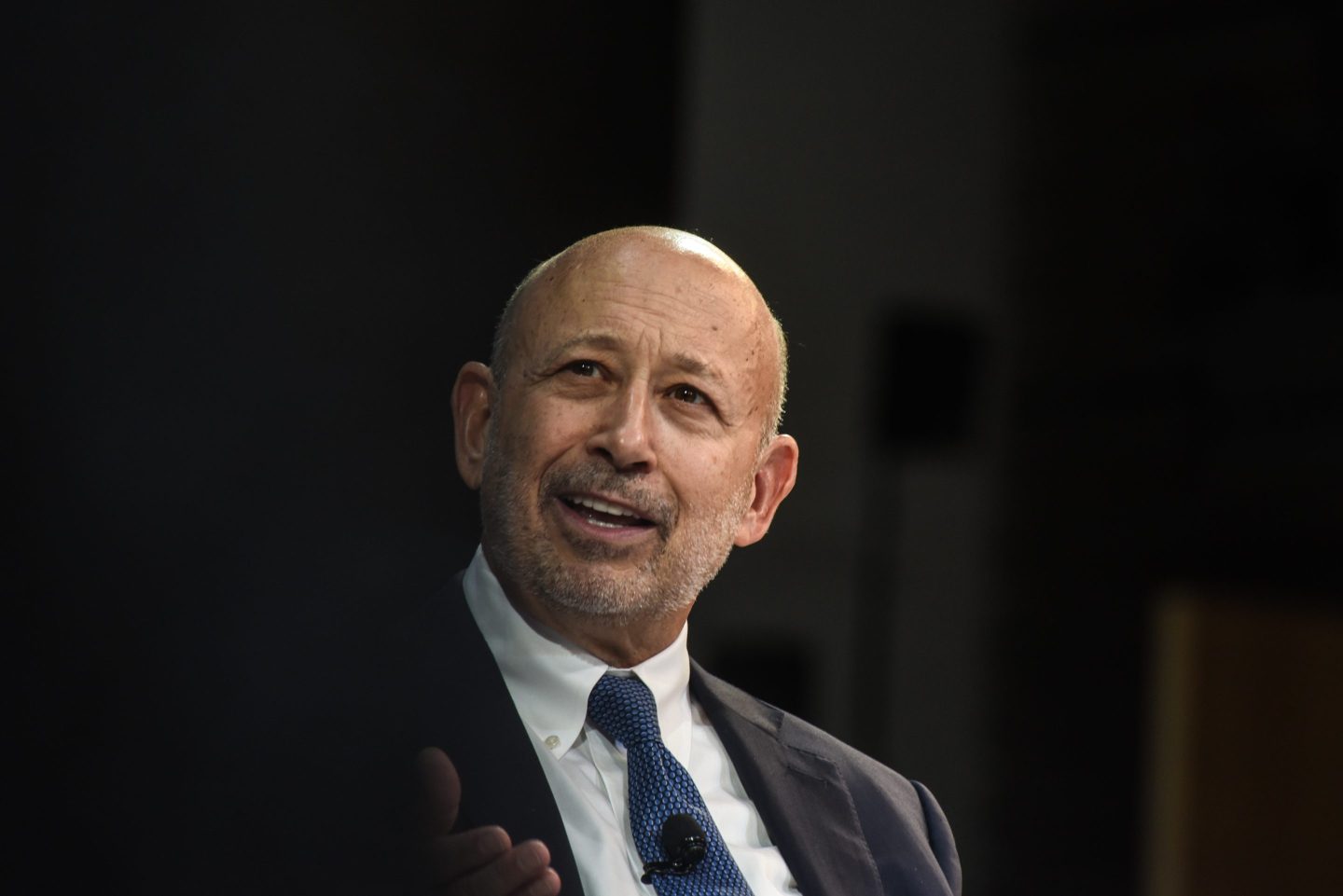Peloton, a onetime sweetheart of financial markets, announced a $757 million loss this week—leaving analysts divided about what’s in store for the company.
In 2020, the exercise bike maker became a pandemic darling stock as lockdowns prompted a surge in demand for home workout equipment.
Shares peaked above $160 in the winter of 2020–2021, with the stock surging almost 400% throughout the course of 2020.
But the company has struggled to hold onto that success, with sales and subscriptions dwindling as economies—and gyms—reopen.
Earlier this year, CNBC reported that Peloton was temporarily halting production of its equipment as demand continued to fall.
The company’s volatile ride has seen its stock erase all the gains it enjoyed at the height of the pandemic.
Peloton shares ended Tuesday’s trading session at $12.90, shedding 8.7% after the company reported a net loss of $757 million for the first three months of 2022.
In a letter to shareholders on Tuesday, Peloton CEO Barry McCarthy said his goal for the company’s turnaround was for it to become a global fitness platform with 100 million members, stressing that investors “won’t see us investing in or owning something that doesn’t serve our connected fitness strategy.”
Peloton currently has 7 million members, according to McCarthy’s letter.
“As we begin to sell down our excess inventory, the current cash flow headwind should become a tailwind in FY23,” he added. “Our goal is to restore the business to positive free cash flow in FY23.”
‘Delusions of grandeur’
Despite McCarthy’s commitment to turning the company around, market watchers are still wary about Peloton’s future.
Neil Saunders, managing director of analytics firm GlobalData, said in a note to investors Tuesday that Peloton’s loss of three-quarters of a billion dollars is “astonishingly bad,” arguing that the company’s earnings report did nothing to make investors look at the company in a more favorable light.
“Some of this [loss] is a consequence of exceptional expenses related to the changes being made, but even without these the net loss would still be an eye-watering $384 million,” he said. “It is reasonable to assume that costs can be cut further, but even with these future savings Peloton would still be, at best, a low-profit company that delivers a poor return.”
Saunders added that GlobalData had multiple concerns around Peloton’s ability to deliver on its objectives.
“We are concerned that Peloton has delusions of grandeur as to how significant its role in the connected fitness arena will be,” he said. “For example, the ambition of having 100 million members looks good on paper, but this represents a 14-fold increase on the current membership base.
“Even at the current run rate—which we do not believe Peloton will be able to maintain as growth is clearly slowing —it would take until 2033 to achieve this goal. That’s not a ludicrous amount of time, but it represents a ‘jam tomorrow’ type statement that doesn’t excuse current performance.”
He said Peloton would have to work incredibly hard to stand out in order to compete with the likes of Apple and Lulumelon, as well as smaller upstarts like Tonal that are taking bites out of the market.
Investor caution
Other analysts have also been focused on the uncertainty lingering over the company.
Credit Suisse number crunchers said in a note on Tuesday that “no single change will suddenly fix things” at Peloton.
They gave the company’s stock a neutral rating and lowered their target price from $28 to $11 per share.
“Topline results show Peloton can still pull in customers, but forthcoming changes add risk,” Credit Suisse’s analysts said. “Hardware prices are lower and in June, monthly fees increase. The net effect is unclear as more demand may eventually be offset by higher churn.… In the coming quarters, more testing and course correcting should be expected.”
A glimmer of hope?
Bank of America analysts also lowered their price objective for Peloton, reducing it from $42 to $25, but pointed out that there had been both positive and negative takeaways from the company’s earnings report.
“We assume the in-home fitness industry can reach close to 30 million global subscriptions and Peloton can have leading market share,” they said in a note to investors.
But many downside risks remained, BofA warned, including emerging competition, gym reopenings, and uncertainty around demand for Peloton’s new products.
While many analysts took a cautious approach to Peloton following its quarterly results, Andrew Boone and Matthew Condon, equity research analysts at JMP Securities, were much more optimistic, dubbing the company a “best in class” fitness offering.
“With the company expecting to return to positive free cash flow in FY2023 as inventory becomes a source of cash, we believe it has the runway to execute the turnaround strategy, especially given our view that its product offering is best in class, and we expect subscription gross profit of $1.4B billion in FY2023,” they said.
“Peloton can continue to take share from gyms given its fantastic user experience (members worked out 18.8x per month last quarter), convenience and lower cost (relative to boutique fitness classes), while the One Peloton Club and pricing optimization are unlocking demand and leading to better monetization, we are looking through current revenue visibility issues and upgrading shares.”











